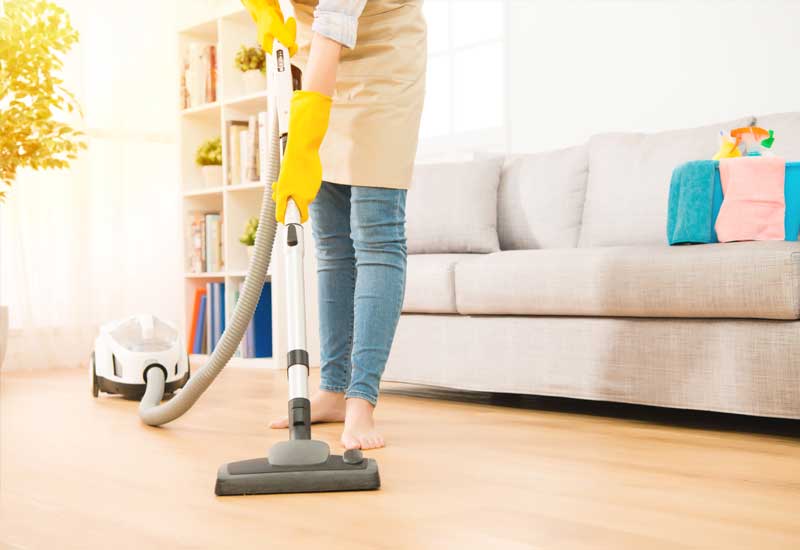Necessary Tips for Everyday Cleaning: How to Defrosted and Cleaned Every Few Months for a Fresh Home
Necessary Tips for Everyday Cleaning: How to Defrosted and Cleaned Every Few Months for a Fresh Home
Blog Article
Understanding the Demand for Thoroughly Decontaminating and Sanitizing Often Touched Surface Areas in High-Traffic Areas
In the realm of public health and safety, the precise disinfection and sanitization of frequently touched surfaces in high-traffic locations stand as extremely important actions in preventing the spread of hazardous pathogens. By exploring the numerous elements of surface area disinfection, from the risks associated with overlooking cleaning methods to the reliable approaches that can be utilized, a clearer understanding emerges of the vital duty these methods play in protecting public health.
Importance of Surface Area Sanitation
Emphasizing the comprehensive sanitation of high-traffic surface areas is important in maintaining a sanitary environment and protecting against the spread of dangerous microorganisms. High-touch surface areas such as door manages, light switches, lift buttons, and kitchen counters offer as breeding premises for viruses and bacteria. Routine disinfection of these surface areas is critical to minimize the risk of contamination and transmission of illnesses.
By applying a robust sanitation procedure, organizations and businesses can develop a more secure setting for consumers, workers, and site visitors. Correct surface disinfection not only minimizes the spread of infectious illness but likewise infuses confidence in the tidiness and safety and security of the premises. This positive strategy demonstrates a dedication to wellness and wellness, which is particularly crucial in high-traffic locations where the likelihood of exposure to virus is heightened.
Furthermore, surface area sanitation plays a vital duty in total infection control techniques. Incorporated with hand hygiene methods, putting on masks, and maintaining physical distancing, complete sanitation of high-touch surface areas creates a thorough protection versus the transmission of harmful microorganisms. Prioritizing surface area sanitation is an important part of an alternative technique to wellness and safety and security in common areas.
Dangers of Overlooking Cleaning Practices
Overlooking extensive disinfection of high-traffic surfaces considerably heightens the risk of bacterial and viral contamination, posturing a serious risk to the health and wellness of individuals frequenting these areas. Failure to implement appropriate cleaning practices can bring about the build-up and spread of hazardous virus, consisting of germs and viruses, on frequently touched surface areas such as doorknobs, handrails, elevator switches, and counter tops.

Furthermore, neglecting the value of complete cleaning not just jeopardizes the well-being of people however also threatens efforts to keep a tidy and hygienic atmosphere. It is important to recognize the relevance of correct sanitation procedures in stopping the spread of infections and securing public health and wellness.
Effective Sanitation Techniques
To preserve ideal cleanliness and reduce the threat of contamination on high-traffic surfaces, utilizing effective disinfection methods is essential. One of the most efficient and common sanitation methods is using chemical anti-bacterials.
One more efficient technique is the use of UV-C light. UV-C light has actually been revealed to be efficient in eliminating a wide range of bacteria by disrupting their DNA framework, therefore stopping them from replicating. It is necessary to utilize UV-C light correctly, ensuring that the correct strength and exposure time are used to accomplish the preferred sanitation results.
Furthermore, using steam cleansing as a disinfection technique can be very reliable, particularly on surfaces that are heat-resistant. Vapor can permeate permeable surfaces and eliminate bacteria, infections, and various other virus successfully. When making use of steam cleaning, it is vital to ensure that the surface area reaches the required temperature level for an enough amount of time to ensure proper sanitation.
Effect On Public Wellness
The maintenance of high requirements of tidiness and disinfection on high-traffic surface areas plays an essential function in safeguarding public health and wellness. Often touched surfaces in locations with high step, such as doorknobs, hand rails, elevator switches, and toilet facilities, here function as reproducing grounds for harmful microorganisms. Stopping working to appropriately disinfect these surfaces can cause the fast spread of infectious diseases within communities. By implementing extensive sanitation protocols, the threat of transmission of infections, bacteria, and other germs can be dramatically decreased.
In high-traffic areas like airports, colleges, health centers, and public transportation systems, the influence of strenuous sanitation steps can not be understated. Focusing on the sanitization of frequently touched surfaces is a positive technique to promoting public health and enhancing the safety and security of people in common areas.
Implementing Routine Cleansing Protocols
Quickly setting up and adhering to a regular timetable of cleansing protocols is vital for keeping the sanitation and security of high-traffic surface areas. Regular cleaning protocols are important in preventing the accumulation of germs and pathogens on often touched surface areas, specifically in locations with high foot traffic. By applying a methodical strategy to cleaning, organizations can effectively lower the risk of condition transmission and develop a much healthier environment for employees, clients, and the general public.
To establish an effective cleaning timetable, it is important to recognize high-traffic locations that call for frequent attention. These areas might include doorknobs, handrails, lift buttons, toilet centers, and shared equipment. Carrying out a regular cleansing routine that targets these surfaces multiple times a find out this here day can considerably minimize the spread of unsafe bacteria and viruses.
Moreover, utilizing suitable cleansing representatives and anti-bacterials is crucial to making certain that surface areas are extensively sanitized. Regular training of cleansing team on correct cleansing strategies and the relevance of adherence to the cleaning schedule is also vital in maintaining a hygienic environment. By focusing on regular cleansing procedures, organizations can promote the health and well-being of people that engage with these high-traffic surface areas.

Verdict
Finally, it is important to focus on thorough disinfection and sanitization of frequently touched surfaces in high-traffic areas to avoid the spread of dangerous virus and keep public wellness. Neglecting proper cleaning practices can increase the risk of contamination and transmission of diseases. By implementing regular cleaning methods and using effective disinfection approaches, we can develop a more secure setting for everybody (Clear Out Any Clutter). It is important to recognize the significance of maintaining tidy surface areas in high-traffic areas to ensure the well-being of the area.
In the realm of public health and wellness and security, the thorough sanitation and sanitization of often touched surfaces in high-traffic locations stand as critical actions in protecting against the spread of dangerous pathogens. By discovering the various elements of surface sanitation, from the risks linked with overlooking cleansing protocols to the efficient approaches that can be used, a clearer understanding arises of the vital function these techniques play in protecting public wellness.Furthermore, using steam cleansing as a sanitation method can be extremely click to read reliable, especially on surface areas that are heat-resistant. When making use of steam cleansing, it is vital to guarantee that the surface area gets to the required temperature for an enough quantity of time to guarantee appropriate sanitation.
In verdict, it is important to focus on thorough disinfection and sanitization of often touched surface areas in high-traffic locations to prevent the spread of damaging virus and keep public health.
Report this page